When disaster strikes—a building collapses, an earthquake mangles concrete and steel, or an explosion leaves behind a maze of hazardous rubble—reaching trapped survivors can be a race against time. Conventional robots, though powerful, often struggle to penetrate the tight, unpredictable spaces of real disaster zones. Enter the world of cyborg insects: a remarkable fusion of nature and machine, now equipped with a sophisticated swarm navigation algorithm and slated to reshape the future of emergency response.
The Rise of Biohybrid Emergency Swarms
Researchers from Nanyang Technological University (Singapore), Hiroshima University, and Osaka University (Japan) have unveiled a novel algorithm allowing cyborg cockroaches—real insects fitted with tiny electronic backpacks—to work in coordinated “robotic” swarms.
- What makes them cyborg? These cockroaches are living insects equipped with micro-backpacks containing sensors, mini cameras, wireless communication modules, and localization chips.
- The result: A low-power, adaptable search-and-rescue tool with the agility and survivability of nature, and the intelligence of modern robotics.
How Does It Work?
Biohybrid Technology
- Each cockroach carries a teeny “backpack” (less than 6 grams) safely attached to its thorax, containing:
- Micro-camera for real-time imagery
- Gas and temperature sensors to locate fires or breathing survivors
- Wireless communication to relay data to rescue teams
- Researchers gently guide cockroach movements using electrical stimuli delivered to their antennae or cerci, making navigation possible without harming the insect.
Swarm Navigation Algorithm
- Synchronized Movement: The new algorithm directs dozens or hundreds of cyborg cockroaches to explore disaster sites efficiently, avoiding overlap and ensuring maximum coverage.
- Data Fusion: Each backpack shares real-time position, environment readings, and visual data, which are assembled into live situational maps for rescuers.
- Adaptive Coordination: If a cockroach detects a survivor or hazard, the swarm can instantaneously re-route others for greater focus or safety.
Why Cockroaches?
- Natural Survivors: Cockroaches can survive in tight, dangerous environments—squeezing through crevices, enduring toxic air, and self-recovering from some wounds.
- Low Energy Needs: Compared to conventional robots, the insect’s natural mobility demands very little power. The electronics only manage sensing and control, not the heavy lifting of movement.
- Scalable & Economical: Hundreds can be deployed quickly and cheaply, improving the odds of finding survivors in vast, complex disaster scenes.
Practical Applications: Revolutionizing Disaster Response
- Building Collapse: Swarms enter unstable rubble where ground robots cannot, searching for voices, heat signatures, and exhaled CO₂.
- Earthquake Rescue: Cyborg cockroaches can be released to scan areas unreachable by humans or dogs, quickly mapping safe zones and alerting to survivors’ presence.
- Chemical/Fume Detection: Onboard sensors detect dangerous gases, temperature extremes, and even inform about ongoing fires or leaks.
Resilience and Ethical Considerations
While the technology is promising, researchers ensure insect welfare is paramount. The micro-backpacks are lightweight, non-invasive, and designed for minimal disruption. After missions, cockroaches can be safely retrieved and freed.
On another front, data security, responsible deployment, and rigorous regulatory oversight are critical to prevent misuse or ecological harm.
Challenges and Future Horizons
- Battery Life: Tiny electronics limit mission duration—future work will seek ultra-efficient sensors and wireless power.
- Map Precision: Synchronizing swarms for high-fidelity mapping in GPS-denied, cluttered spaces will require smarter software.
- Public Acceptance: Education and transparency are key to ensuring communities embrace biohybrid rescue technology.
Conclusion: When Nature and AI Join Forces
The cyborg cockroach swarm project is a vivid example of interdisciplinary innovation—melding biology, electronics, AI, and ethics. As disaster risks climb, such biohybrid teams may provide life-saving first response in places too treacherous or tight for any other rescue technology. In the next decade, survivors might owe their lives to an unlikely hero—one carrying a tiny backpack, bridging the worlds of nature and machine.
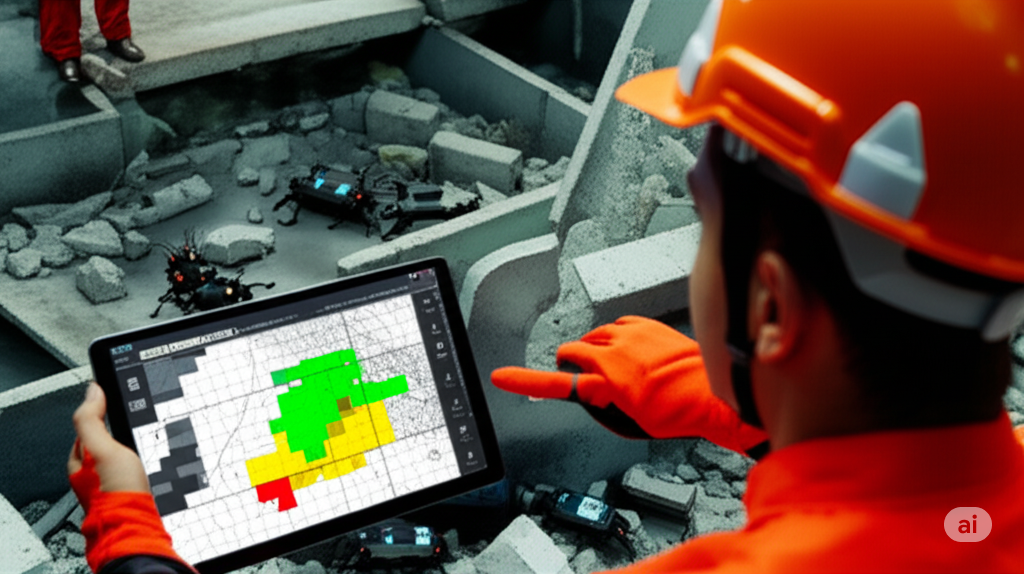
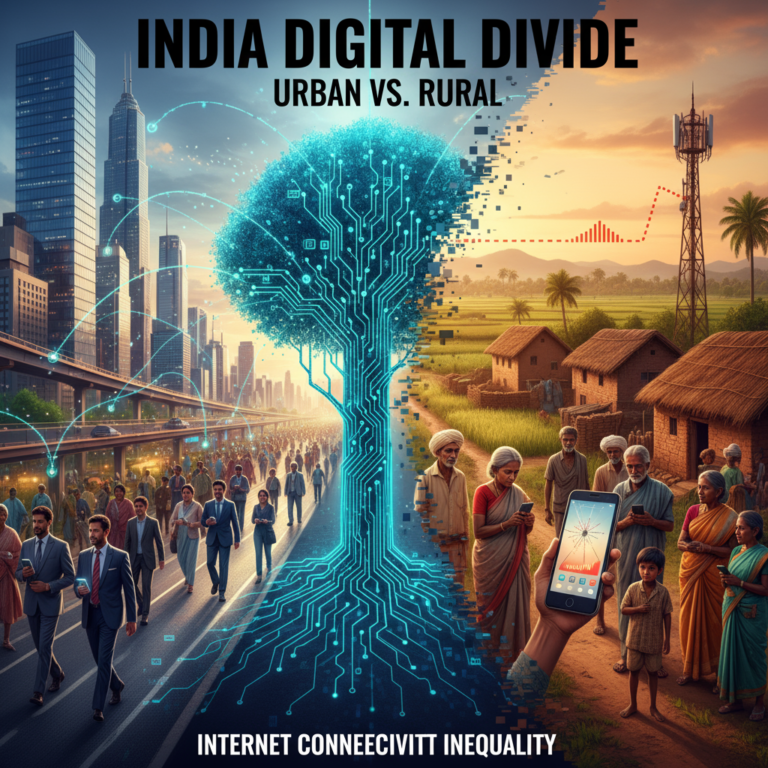


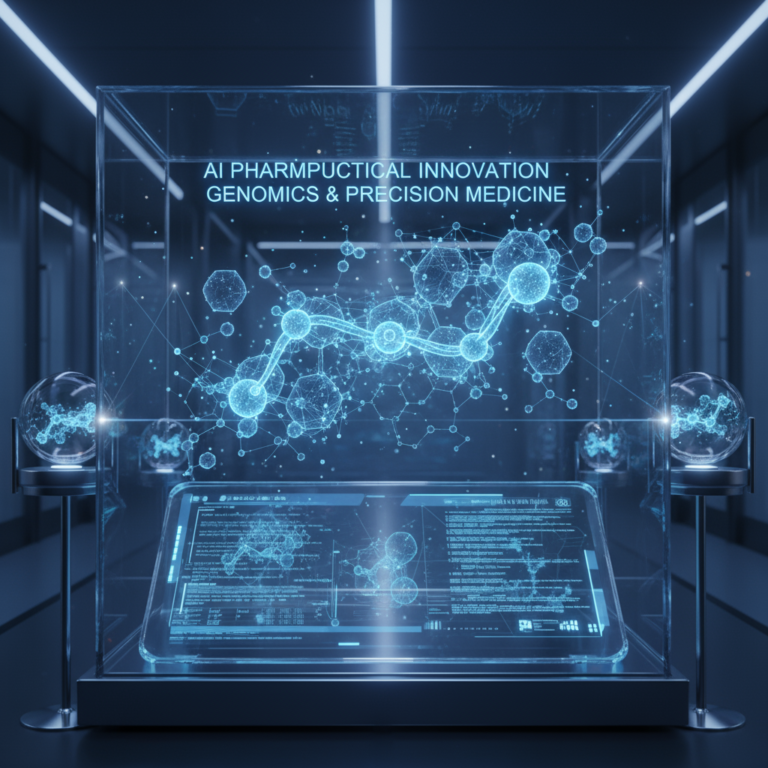
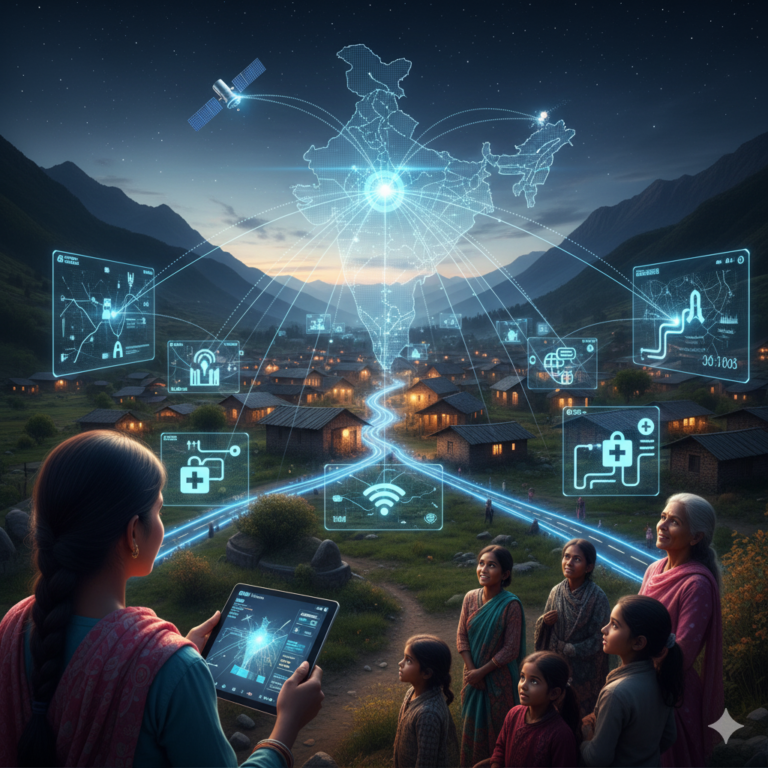
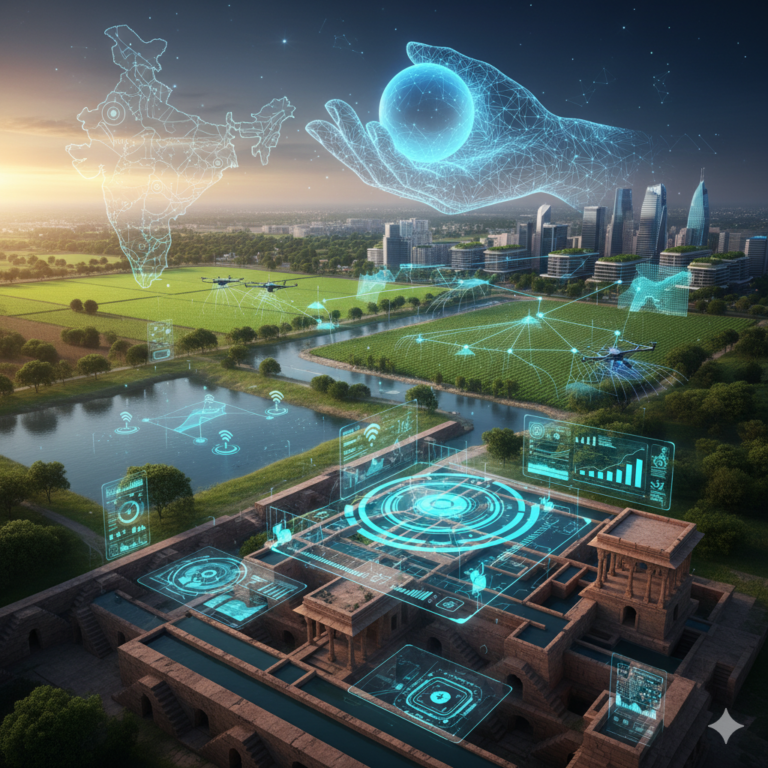
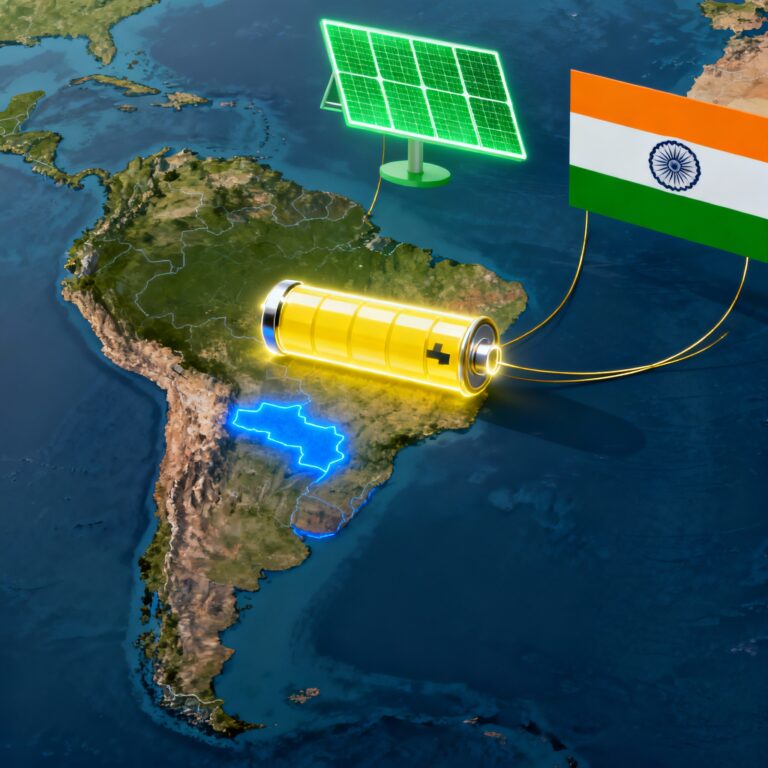
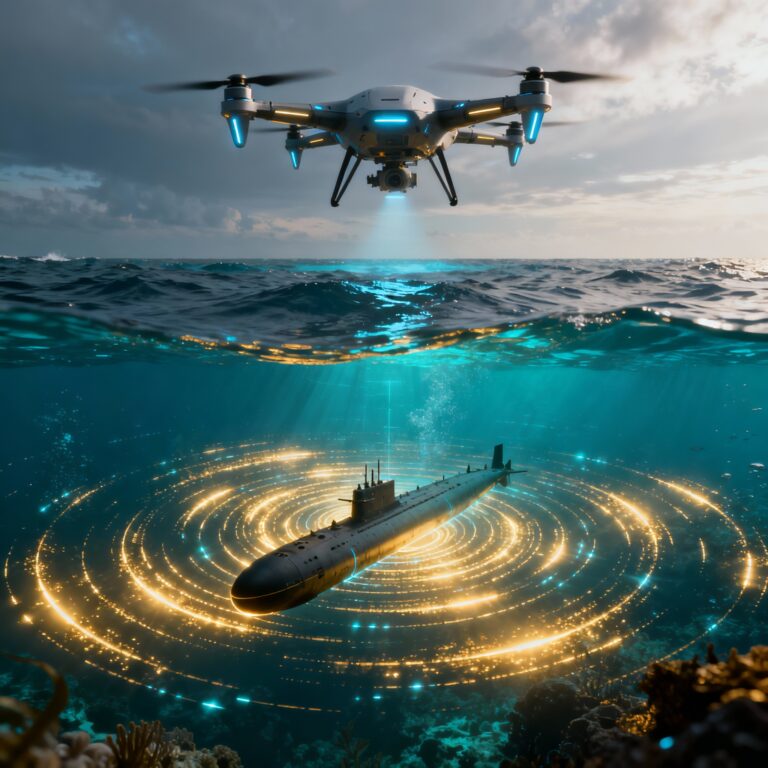
+ There are no comments
Add yours